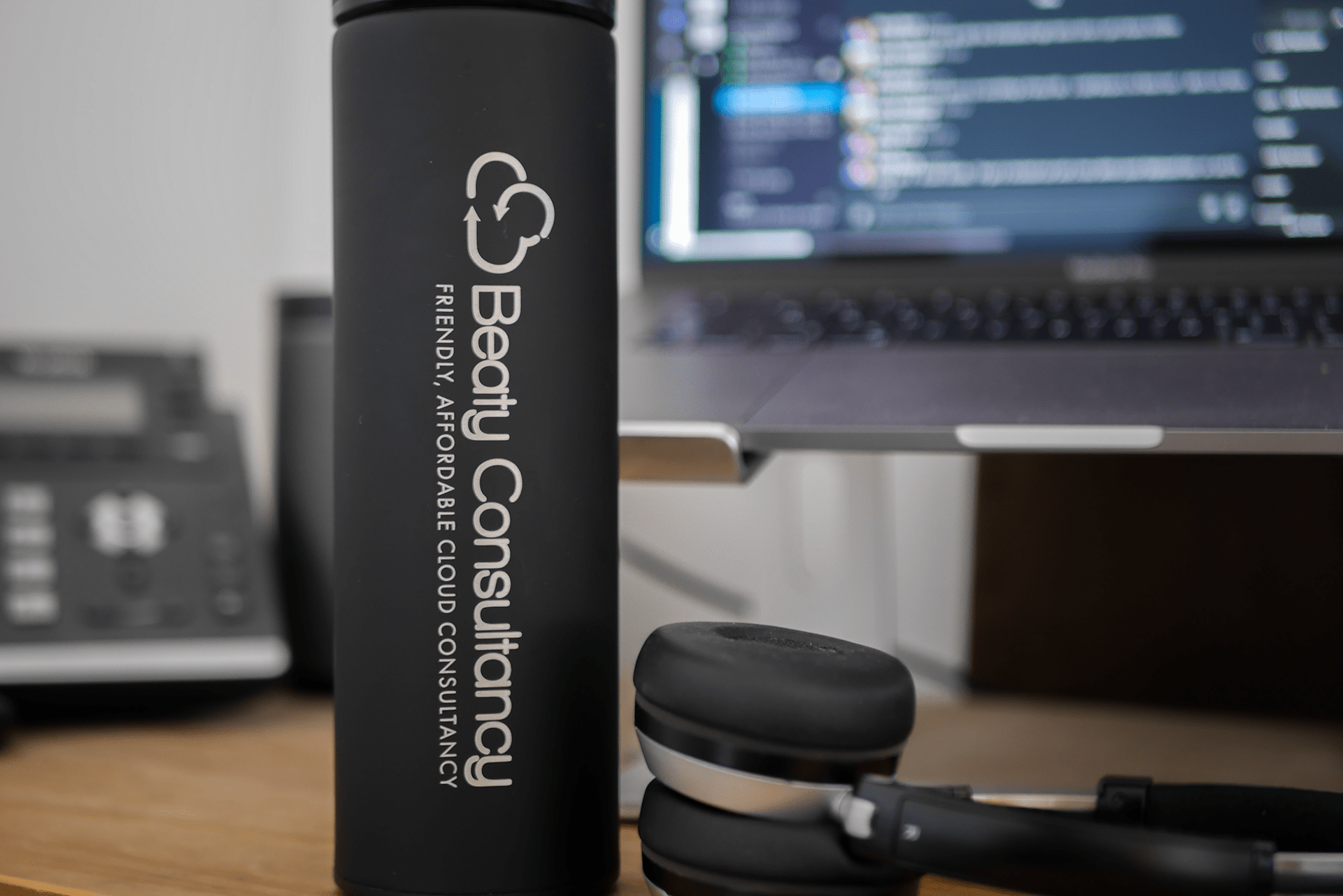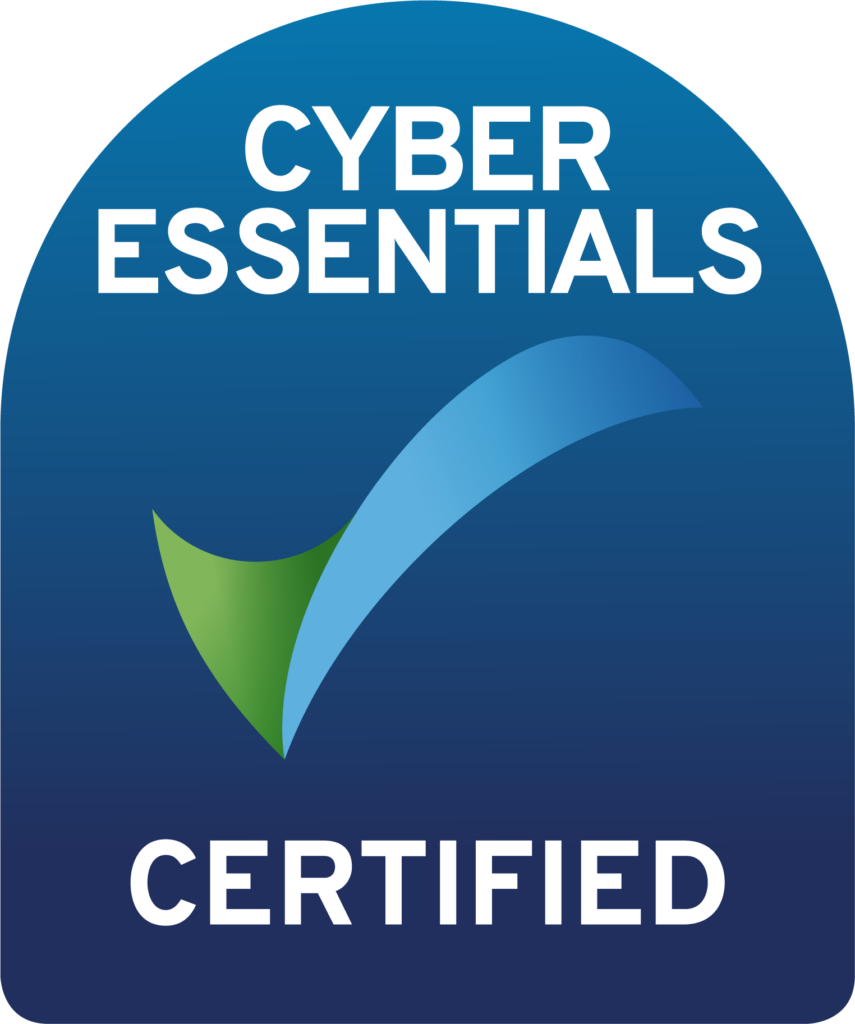
A day in the life of a cloud consultant
Our CloudBasics posts are the most popular content on our blog. That’s no surprise to us, since we actively target folks who might not be as in to the technology as we are. Those folks often like to understand more about the cloud, but in English. That’s what we’re really good at!
On the subject of popular things from Beaty Consultancy, our managed cloud account service is by far our most popular product. That got me thinking – why don’t I write about the life of a cloud consultant? Maybe there could be something in here that you can do to help support your own cloud infrastructure more closely. Or maybe just throwing some light on what clients pay me to do will help you understand what support you need from your cloud support team. Or maybe I’m just talking into the ether. Whichever way, welcome to my day.
The early bird
Unlike a lot of techies, I’m an early riser. Our faithful and super-excitable rescue dog Nigel greets me, and after the normal morning routine of a shower etc., we head out for a walk. Often I’m unplugged, and it’s just him and me hanging out, getting ready for our day of me pressing buttons, and him guarding the office like a good boy. Other times I will be listening to podcasts, which brings me on to my first important tip:
Keep up to date
Podcasts are an amazing way to consume really intricate and technical content. I listen to them whilst walking the dog as I mentioned, but also while cooking, or washing up. Wherever I have enough brain power to concentrate and absorb content, I’m listening.
Some of my favourites are:
- Security Now, where they talk about the latest security vulnerabilities in various technology platforms.
- AWS podcast. Simon Lesher does a great job of rounding up all the latest news and innovations coming out of Amazon’s cloud, in really digestible chunks.
- BBC Radio 4’s The Bottom Line. This is a business podcast, but it’s super interesting, and helps me understand client’s businesses.
- NPR’s How I Built This. The story of enprepenours and the movements they built. Again, it’s fascinating to hear how businesses rise and fall.
After that, it’s usually a home made gingerbread latte, and either a drive to the office, or a short wander upstairs to the home office. Once I’m online, I’ll jump on Slack, which brings me to my next point; keep communicating
Keep communicating – but not too much
Slack is an amazing app, (which almost didn’t happen). But how you set it up is crucial so you can be sure to receive the critical messages, while not being bombarded with others.
I’m a member of about 10 Slack accounts for various client organisations – some I work with more than others. But of the ones I work with more regularly, it’s good to join in with the good mornings! You never know if someone is unexpectedly not online today which might have a knock on effect on your project. Or maybe someone just heard about a really critical bug in a piece of software they know you use, and they want to just mention it to you. Or maybe the office next door has cake. Great uses for Slack, and great examples of things you might not be made aware of if you don’t just drop in for a little “good morning” message.
However, once I’m done with that, and I’ve checked emails and any messages left for Beaty Consultancy on our social platforms, I don’t like to be disturbed too much. And that’s where your Slack ninja configuration comes in. Do you need a notification for every message? I know I don’t. So tune the notifications the way you want them, but make sure your team know to mention you if they really need you.
Chat-Ops
You’ll notice I haven’t spoken about anything technical yet. There’s a good reason for that; if it’s built properly, it should all look after itself.
Now that sounds absurd, but think about it – if you were looking at your platform, what is it you’re looking for? Abnormally high use? Running out of space? Well anything you can check for, we can set up automatic checks and alerts for. Lots of organisations like these alerts to be pushed into Slack so people can talk about them and action them apropriately.
Deep Work
Now we’re somewhere around 9AM, and it’s time to get some focused work done. Clients pay our company for undivided attention on their platforms so we can deliver the service we do. Your business is probably the same though, right? If you’re running a bakery, I wouldn’t be best pleased if you were checking email while whipping up another batch of those amazing chocolate croissants you make.
My team and I use very simple time recording apps to keep a track of where our day goes. If you spend an hour fixing your computer before you can get to work, I want that information to be captured somewhere. If that’s the case, it’s probably time for a new laptop, rather than letting client deadlines slip because of silly issues which can be solved easily – when you have all the information.
So when you’re working, work hard.
Play Hard
Following on from the mantra of deep-work, you also need rewards in order to stay focused. For me, that might be an hour out at lunch time to go and walk around one of the beautiful lakes here in the Cumbria Lake District with the dog. That way we both have out energy burned up and everything from wherever we walked has been suitably sniffed – usually by Nigel the dog and not me.
Set Expectations
The rest of my day follows a very similar pattern, so I won’t bore you with it, but I do have one last point to make. Set client (and supplier) expectations. I have a great relationship with everyone I work with, and sometimes they need to change plans. That’s usually no problem, I can do something else until next time our schedules match up and we can work together.
Similarly, if one client’s system is offline for some reason and they’d like me to help get them back into production, it may be that I can reschedule some things too. But the key thing is, keep everyone up to date with when they can expect things from you. If it’s time-sensitive, get it done. If it isn’t, let them know when to expect it, and if plans need to change. And when you set a deadline, deliver 10% early. Remember last time that parcel arrived early and how happy you were? That!


